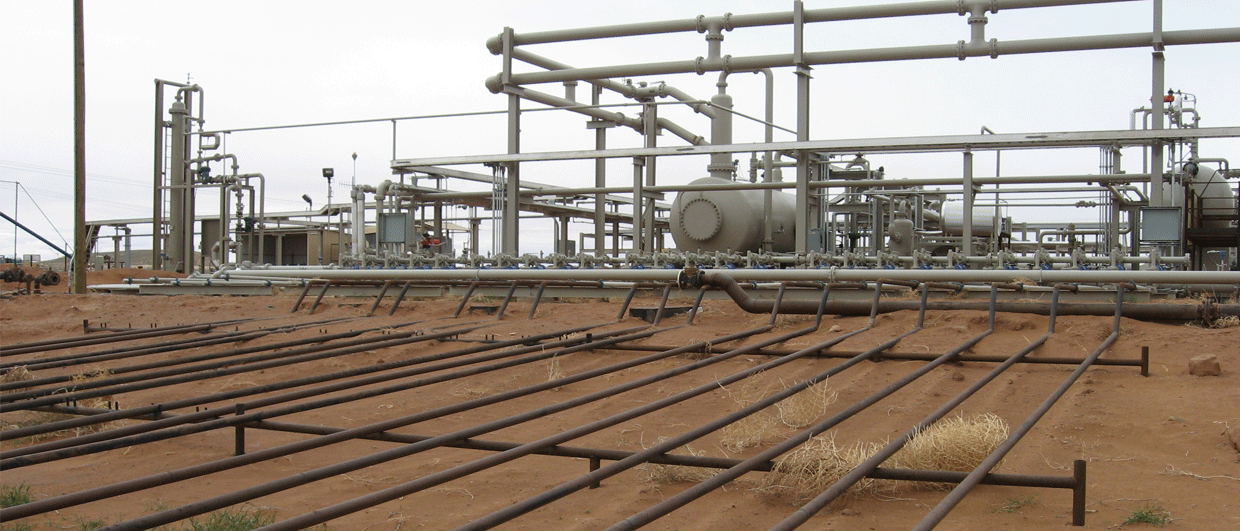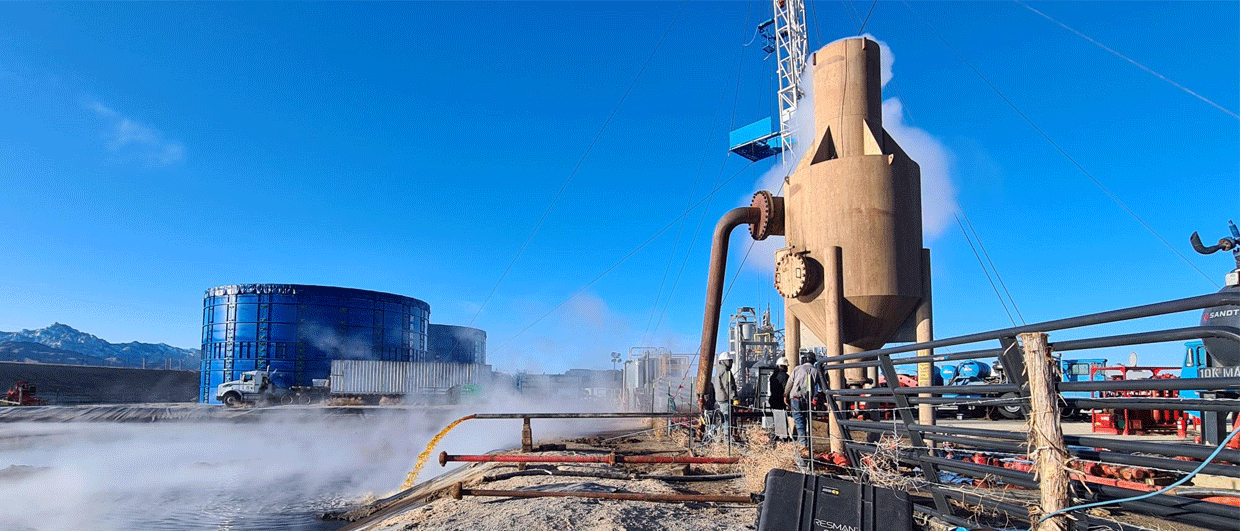A couple of months ago, the FORGE project in Utah, USA, reported a successful stimulation and circulation test at their flagship Enhanced Geothermal Systems project. “These tests in stimulated hot dry granite are the culmination of two years of planning and in-depth data analysis”, stated Professor John McLennan in the press release that was issued on 23 May.
The 9-hour injection and production test successfully demonstrated a connection between the two wells that are around 90 m from each other at around 2,600 m depth. This was achieved by commercial-scale stimulation conducted at both wells in multiple stages. The good thing about the FORGE project, which is sponsored by the US Department of Energy (DOE), is that the data obtained during drilling and testing have all been made publicly available. A whole raft of different datasets, ranging from GIS, seismic, 3D earth models to core photographs and production data are all ready for download at the project’s Data Dashboard.
Production data
We took a closer look at the injection data available from the 9-hour test that was performed in May. The interesting thing about this is that it allows us to look beyond what is stated in the press release, making some observations based on the data.
Looking at the pressure envelope during the first leg of the two ~4 hour periods of water injection, a few observations can be made. The most important one is that the primary treating pressure continues to rise during the “injection plateau” of around 16.4 barrels per minute. This indicates that the system is not in equilibrium yet, and water is “disappearing” in the fracture network surrounding the wells and pressuring up the system. This is corroborated by the fact that the corresponding production only achieved up to 8 barrels per minute.
The second leg of injection, which lasted another four hours, applied a slightly lower injection rate of 14 barrels per minute. Yet, the pressure envelope still shows a slight increase over time until the very moment when injection rates were dropped.
These observations pose an interesting question: When will a stable pressure regime be achieved? The ticket question in that sense is probably whether or not the induced fractures are connected to a wider network that causes fluids to dissipate away from the wells rather than migrate from the injector to the producer. This in turn exposes a risk that is inherent to any EGS project; creating a connection between the induced fractures and a wider existing network.





